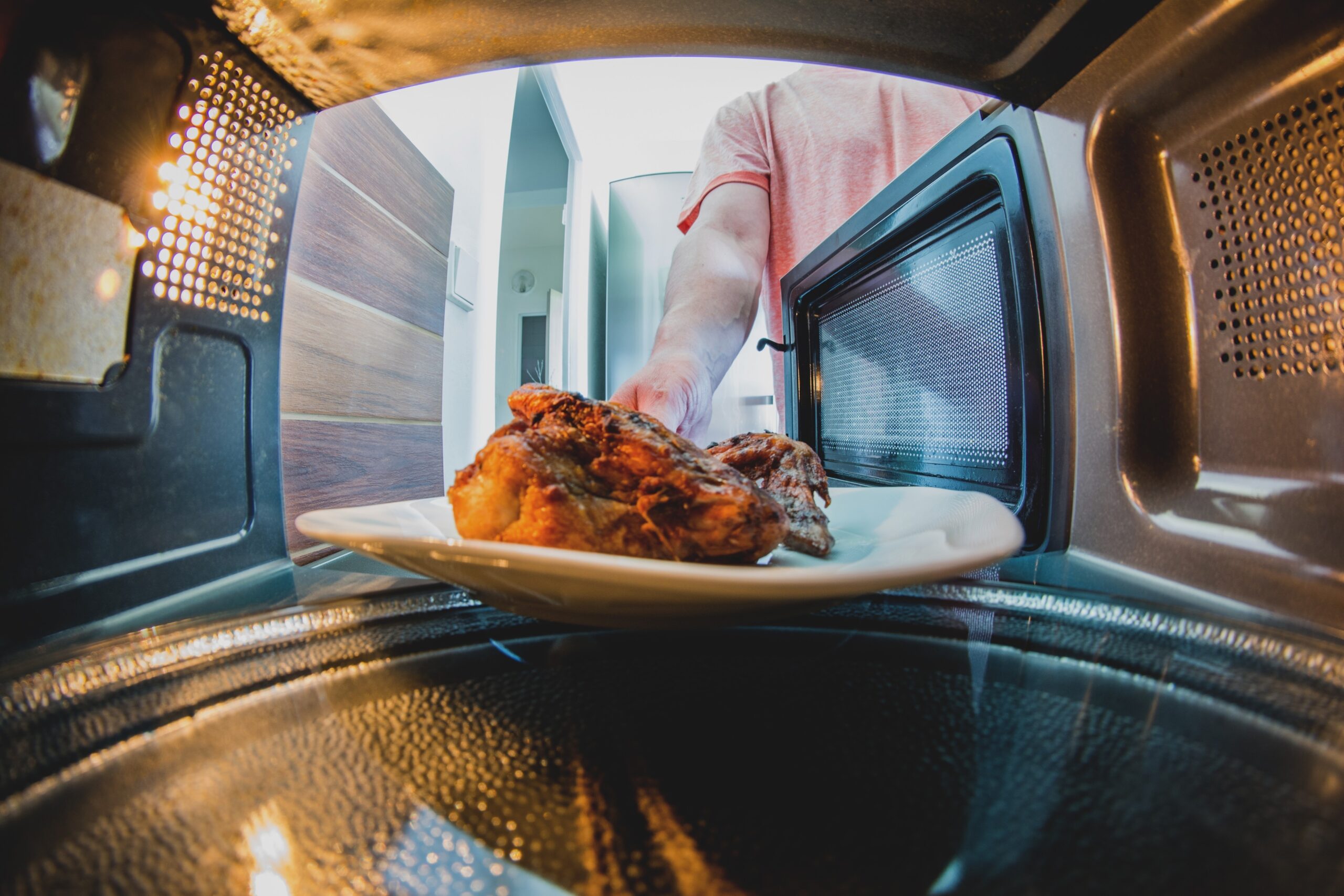Introduction
Microwave ovens are not new. The technology was developed after WWII due to an accidental discovery in 1945 by Percy Spencer, a Raytheon engineer. He was working with magnetrons, which were used in radar systems at the time. He noticed a chocolate bar had melted while near the magnetron. Not long after that observation, Spencer and Raytheon developed the first microwave oven in 1947, which they aptly named a “Radarange”. While the technology was developed in 1947, widespread microwave oven use didn’t occur until the late 1960’s to the 1980”
Microwave Oven Use/Safety in Perspective:
According to the US Census Bureau market research, as of Jan 2022, over 90% of US households have a microwave oven. That means there are over 115.2 million microwaves in residential and commercial use today. When I hear someone say, they are afraid of having a microwave due to the radiation, my engineer “radar” turns on and I feel the need to put those “fears” completely to rest.
Have There Been Injuries To People Due To “Radiation” Leakage?
While it would be incorrect to say no, there has never been any radiation leakage that caused someone “some” harm, this statement has to really be placed in the proper perspective. Research says that the number of people hurt by radiation is “Extremely Rare”, but what does that mean?
For instance, if only 0.01% of microwaves caused a radiation injury, that would still be 11,500 incidents. But we don’t hear of figures anywhere near this number. The number of reported cases, if any, would be a minuscule fraction of that hypothetical figure, making it “extremely rare.”
It’s also worth noting that the U.S. Food and Drug Administration (FDA) monitors complaints and incidents related to microwave ovens. If there were a notable number of injuries at all due to radiation leakage, it would likely prompt investigations, recalls, or public safety alerts, etc.
So, while I cannot provide an exact number, the term “extremely rare” in this context implies that the risk is completely negligible when following standard safety precautions and using undamaged equipment.
The Science Behind Microwave Ovens
Let’s go even deeper into why microwave ovens are safe and explain why (if) any reports of “radiation” leakage are actually logged they are “sensational” claims. To understand this, we need to time travel back to our high school or even elementary school science days and talk about the Electromagnetic spectrum.
The electromagnetic (EM) spectrum is a continuum of all electromagnetic waves arranged according to frequency and wavelength. The different types of electromagnetic radiation, classified by increasing frequency (or decreasing wavelength), include:
- Radio waves: These are used in radio and TV communications, as well as in mobile phones and wireless networks.
- Microwaves: Used in microwave ovens and some wireless communication devices.
- Infrared (IR): This radiation is primarily associated with heat and is emitted by all objects at room temperature.
- Visible light: The small portion of the EM spectrum that human eyes can detect. It ranges from red light (with longer wavelengths) to violet light (with shorter wavelengths).
- Ultraviolet (UV): This radiation can be harmful and is responsible for sunburn. It’s also the type of radiation used in tanning beds.
- X-rays: Used extensively in medicine and industry to view the inside of people and objects.
- Gamma rays: These are emitted from the nucleus of certain radioactive atoms. They are high-energy waves that can penetrate most materials and are used in medicine to treat certain types of cancer. Make note of this one, when someone hears the term “radiation” in a harmful context this is what they are thinking of. When someone relates the term radiation to a microwave oven, this is how misconceptions start.
The electromagnetic spectrum is vast, and these categories represent only a fraction of the entire spectrum. Each type of radiation has its unique properties and applications.
In the space between radio waves and infrared radiation on the electromagnetic spectrum, microwave radiation is a form of non-ionizing radiation. Meaning it lacks the energy to remove tightly bound electrons from atoms. In simpler terms, microwaves are more about heating your leftover pizza than altering its molecular structure – which is what can cause real harm.
Now, how exactly do these ovens work? Thanks to the principle of dielectric heating, microwaves target water molecules in our food. When these molecules get excited, they vibrate very rapidly and produce heat, warming the food from within.
The Magnetron, the Source of Microwave Radiation:
But where do these microwaves come from? Enter the magnetron. I had a whole section here describing how a magnetron is built and how it works, but that would simply bore you and I’m sure I’d lose a lot of readers.
Let’s just say that when electricity flows through the magnetron, it’s converted into microwave radiation, which is then channeled to cook your food. Microwave radiation is classified as NON-IONIZING RADIATION. This means that this wavelength of radiation does not have enough energy to remove an electron from an atom, it can only vibrate the water molecule to heat your food. It can make the food or the plate hot enough to burn you, but that’s the extent of any injury you could receive from a microwave, not unlike a conventional oven.
IONIZING RADIATION on the other hand, found in X-rays and gamma rays, can potentially remove electrons from atoms and pose health risks, such as cancer. Magnetrons cannot produce ionizing radiation even if they malfunction. They simply are not built with the correct materials to do so.
Safety Mechanism:
It’s also worth noting that microwave ovens are designed with safety mechanisms to ensure the magnetron stops producing microwaves as soon as the door is opened.
Addressing Safety Concerns
Thankfully, the design of microwave ovens prioritizes safety. Their metal casing, combined with a mesh screen on the door, ensures that radiation remains within the oven. Moreover, strict safety standards are in place, ensuring that any possible leakage is well below harmful levels. But again, harmful only means low enough to prevent burns, not molecular damage to your skin.
Other Safety Considerations
Some also worry that microwaving might deplete the nutrients in their food. However, microwave cooking can often retain more nutrients than, say, boiling—thanks to shorter cooking times. Remember, microwaves cannot alter the molecular structure, only vibrate the molecule to heat it.
Of course, it’s essential to use the right containers. Non-microwave-safe plastics can melt or even release harmful chemicals. Always look for the microwave-safe label on any container you use.
Lastly, a word on superheating. Liquids, especially water, can heat beyond their boiling point without boiling in a microwave. To prevent any superheated surprise, always use caution when heating liquids and consider placing a non-metallic object in the container to promote even boiling.
Conclusion
In the grand scheme of kitchen appliances, not only are microwave ovens incredibly convenient, but they’re also extremely safe. Remember to handle hot food and plates with care, follow safety guidelines, and enjoy the benefits of quick and efficient cooking.
Other Trustworhyhomeadvice.com articles you may be interested in:




